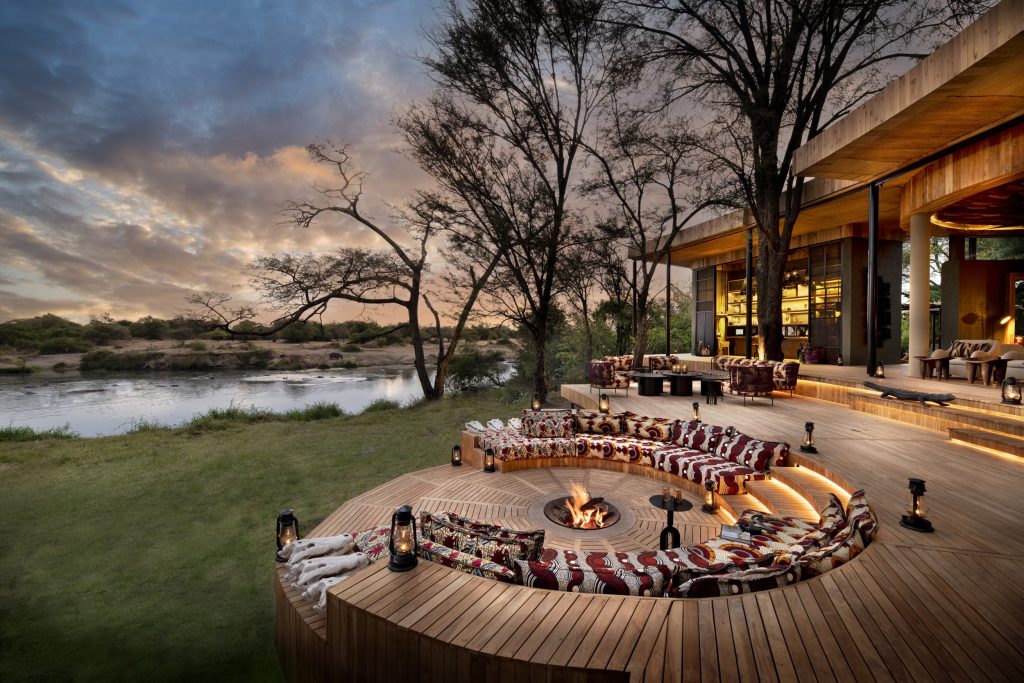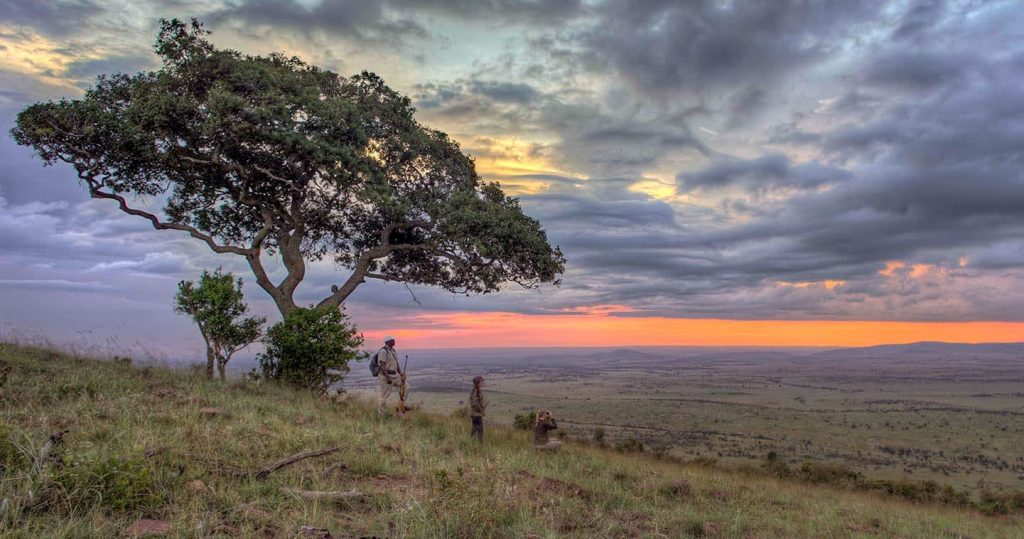Ngorongoro Conservation Area
Overview
Ngorongoro Conservation Area is one of the most iconic destinations in Tanzania, renowned for its stunning landscapes and rich wildlife. Covering approximately 8,292 square kilometers in northern Tanzania, it’s a must-visit for nature lovers and safari enthusiasts. The Ngorongoro Crater, a UNESCO World Heritage Site, is famous for its unique ecosystem, where diverse wildlife, including elephants, lions, and rhinos, thrives in a natural bowl formed by an ancient volcanic eruption. The area is also home to the Maasai people, who coexist with wildlife, making it a remarkable example of conservation and cultural heritage.
History of Ngorongoro Conservation Area
Ngorongoro Conservation Area was established in 1959 and is one of Tanzania’s most significant conservation regions. Its name comes from the Ngorongoro Crater, a massive volcanic caldera that serves as a focal point of the area. The unique landscapes and rich biodiversity gained international attention through conservation initiatives and wildlife documentaries. Ngorongoro was designated a UNESCO World Heritage Site in 1979 due to its ecological importance and the harmonious coexistence of wildlife and local Maasai communities. The area is renowned for its stunning scenery and diverse wildlife, making it a key destination for visitors to Tanzania.
Best Time to Visit Ngorongoro Conservation Area
The best time to visit Ngorongoro Conservation Area depends on what you want to experience:
Wildlife Viewing: The area is rich in wildlife year-round, but certain times enhance your experience:
- June to October: This dry season is ideal for wildlife viewing as animals gather around water sources in the crater, making sightings easier.
Birdwatching:
- November to April: This wet season is excellent for birdwatching, as migratory birds arrive and the landscape becomes lush and green, attracting various species.
Calving Season:
- December to February: This is a great time to witness the calving season for wildebeest and other animals, particularly if you visit nearby areas like the Southern Serengeti, which complements your Ngorongoro experience.
No matter when you visit, the Ngorongoro Conservation Area offers breathtaking scenery and incredible wildlife encounters!
Ngorongoro Conservation Area What It’s Famous For
Unique Wildlife Experience: Ngorongoro Conservation Area is renowned for its incredible wildlife, including Africa’s Big Five—lions, leopards, elephants, buffalos, and rhinos. The crater provides one of the best places to see these majestic animals up close.
Diverse Ecosystems: Beyond the Big Five, Ngorongoro hosts a rich variety of wildlife, including cheetahs, hyenas, and numerous bird species, with over 500 recorded in the area. The diverse habitats support a vibrant ecosystem, making it a paradise for nature enthusiasts.
Cultural Encounters: Visitors can also experience the unique culture of the Maasai people, who coexist with the wildlife in this conservation area. Engaging with the Maasai offers insights into their traditions and way of life, enriching your visit.
Scenic Views: While there are no balloon safaris in Ngorongoro, the stunning viewpoints around the crater provide breathtaking panoramas of the landscapes and wildlife below, making it a perfect spot for photography and nature appreciation.
Top Attractions in Ngorongoro Conservation Area



